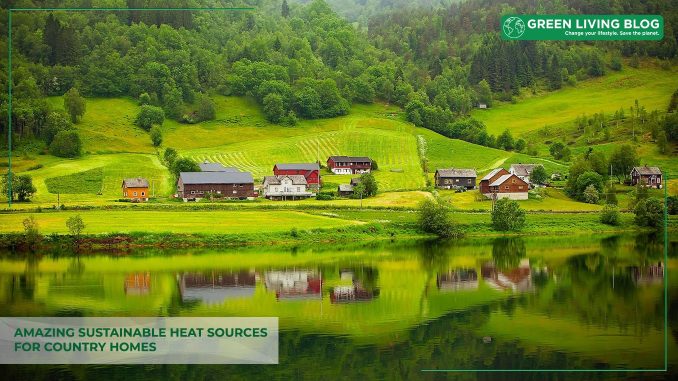
Many people move to the country to pursue a slower pace of life. They might want privacy, proximity to nature, or freedom to develop their land without worrying about city laws.
Country life is full of opportunities to pursue a more sustainable lifestyle in harmony with the rhythms of the Earth through sustainable landscaping and much more. However, heating your country home may be a challenge.
Many rural areas don’t have access to natural gas and trucking oil or propane, which isn’t always a good solution. Relying on coal, oil or gas isn’t an eco-friendly way to heat your home either.
Instead, here are five excellent sustainable heat sources for heating your country home.
1. Wood Stove
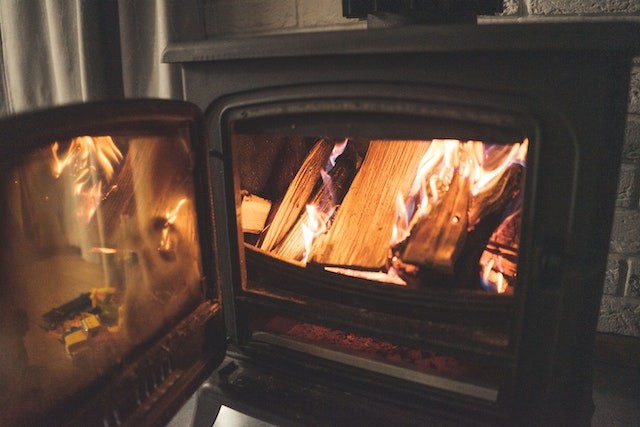
Trees are one of the best sustainable heat sources available where deforestation is combined with replanting trees regularly. You can manage your landscapes so new trees are growing while old trees are making their way into your wood stove.
In terms of cost, these are relatively cheap to run. You can chop wood yourself or invest in a few cords or kiln dried logs to carry you through the winter.
Some people object to wood stoves because they’re concerned about the particles burning wood produces. However, newer stoves are designed to be highly efficient and filter most harmful particles out of the air. These models also take less wood to run and are cleaner to burn, making them a good option for sustainable heating.
2. Masonry Heater
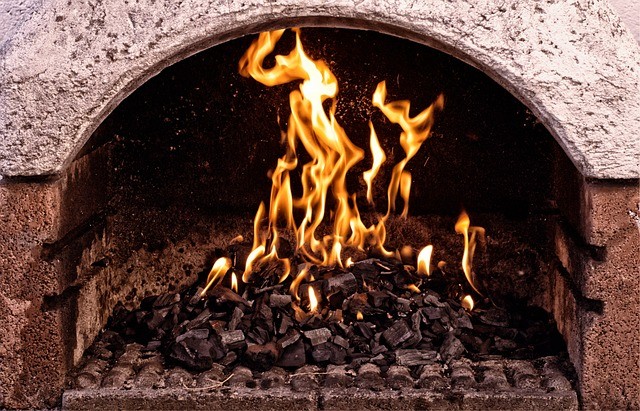
You could also install a masonry heater to heat your home. They can run on various fuels and use insulated materials to store heat for an extended time.
Masonry heaters burn at very high temperatures and their emissions are so clean that they aren’t regulated. They’re slow-burning and require less fuel than a wood stove.
A professional would build a masonry heater alongside a connected chimney. Before heat can escape through the chimney, it circulates through a masonry system functioning like a battery to store heat. This then radiates into your home over time, keeping your living space warm 24/7. Installing a masonry heater takes an initial investment, but they’re one of the most sustainable heat sources available.
3. Wood Boiler
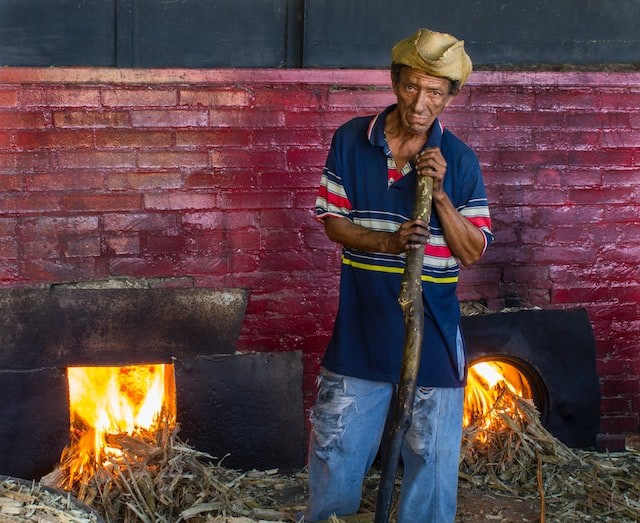
Wood boilers are another excellent option for sustainably heating a country home. Although they run on wood, all the mess is outside. The wood fire heats water, which runs through underground pipes to connect to your home’s heating system.
You can use a wood boiler to power radiant flooring, radiators, and other traditional healing systems. Compared to wood stoves, these boilers are more efficient and can run on many types of wood. Some newer models are so powerful that they can heat multiple buildings.
Wood boilers require electricity to run, and you can control them with a thermostat. State rebates and federal credits can help you afford this sustainable heat source — you can get a 26% tax credit on wood boilers before 2023.
4. Geothermal Heat
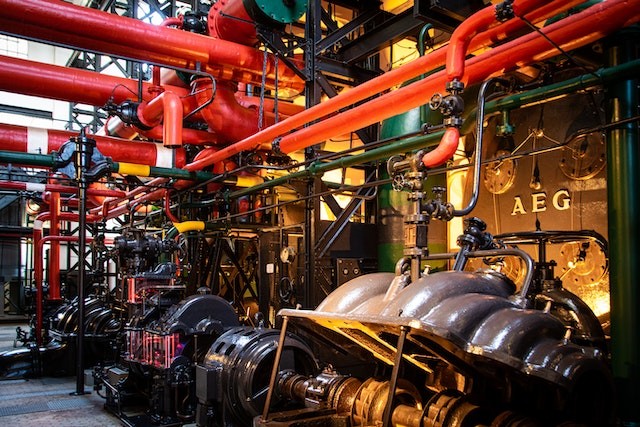
Geothermal heating systems use the earth’s temperature to heat and cool your home. An installer buries pipes and fills them with a fluid to access underground heat. A heat pump then brings warm air into your home from the ground in the winter.
In the summer, this sustainable heat source sends warm air underground for storage. Geothermal heat is energy efficient and environmentally friendly. After you’ve paid for installation, these systems can significantly reduce your heating and cooling costs throughout the year.
Unfortunately, initial prices are high — installing this kind of system costs homeowners $10,000 to $30,000 before tax credits and rebates.
5. Passive Heating
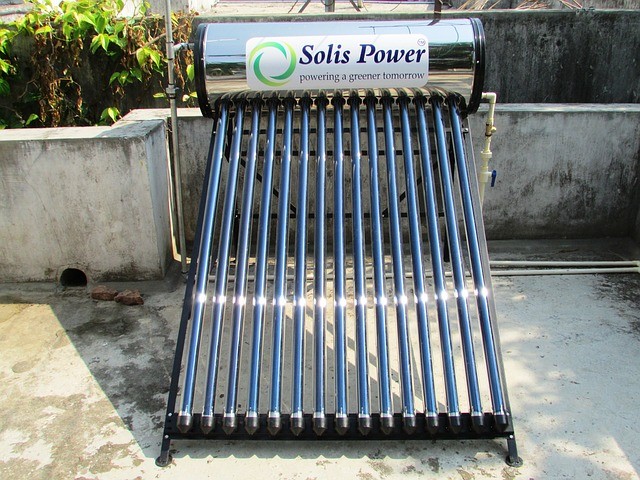
You can also consider using passive heating to help warm your home during the winter. Passive heating uses design and environmental principles to manage the temperature inside your house.
A tight house with good insulation is the first step toward effective passive heating. With the right materials and orientation, your home will hold heat in the winter and stay cool in the summer.
Some people combine passive design with solar technologies like solar water heaters and solar air heating systems. These appliances turn free energy from the sun into a heat source for your family. However, it’s a good idea to have a backup to supplement passive and solar heating.
Keep Warm with Sustainable Heat Sources
There are plenty of ways to heat your home without harming the environment. If you’re willing to invest in a high-quality system, you can enjoy low energy costs and sustainable heating for years to come.
Although many still rely on fossil fuels to heat their homes, many other environmentally friendly options are available. If you live in the country and are pursuing a sustainable life, consider these five options for heating your home.
![]()


Leave a Reply
You must be logged in to post a comment.